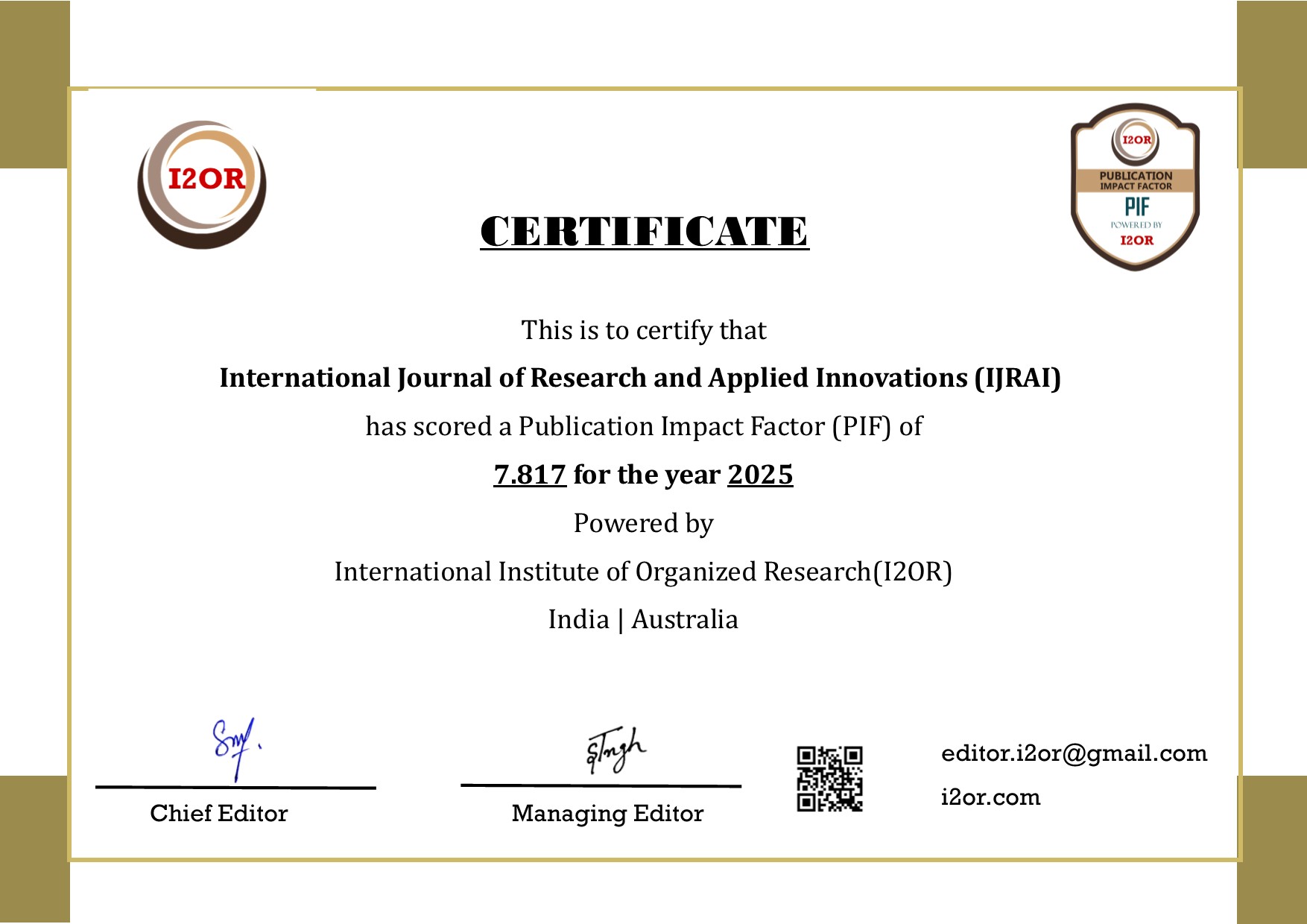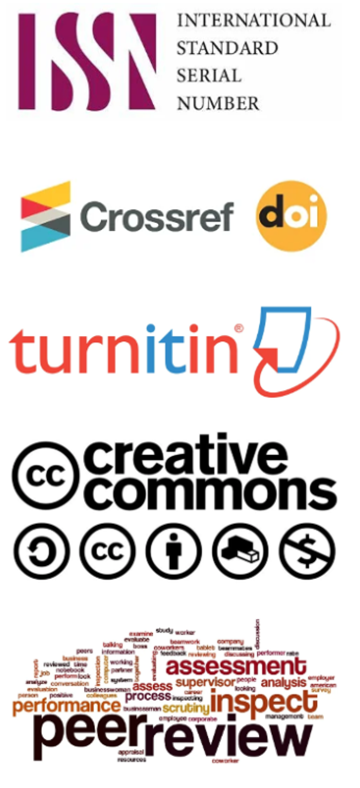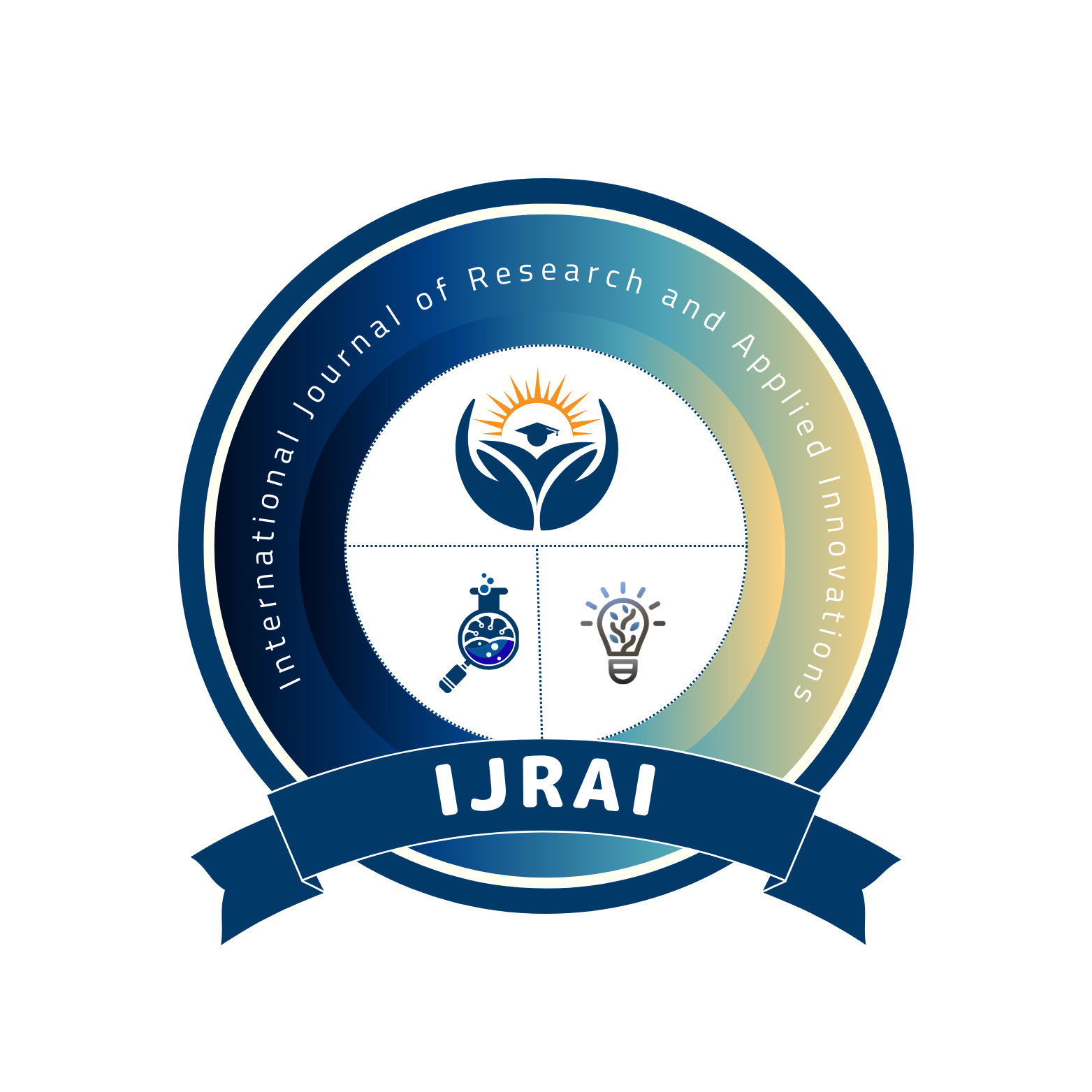Ethical Artificial Intelligence Framework for Quantum-Aware Software Development: Integrating Spin–Orbit Coupling and Natural Language Processing in Cloud Environments
DOI:
https://doi.org/10.15662/IJRAI.2021.0406009Keywords:
Ethical Artificial Intelligence, Quantum-Aware Software Development, Spin–Orbit Coupling, Natural Language Processing (NLP), Cloud Computing, Responsible AI, Quantum Ethics, Cognitive Software Engineering, Explainable AI (XAI), Sustainable Computing, Reinforcement Learning, Quantum-Inspired Algorithms, AI Governance, Cloud-Native Architecture, Ethical AutomationAbstract
The convergence of quantum physics and ethical artificial intelligence (AI) introduces a transformative paradigm for next-generation software development. This research proposes an Ethical AI framework for quantum-aware software engineering, integrating spin–orbit coupling (SOC) dynamics with Natural Language Processing (NLP) and cloud computing to achieve intelligent, transparent, and sustainable digital ecosystems. The framework leverages SOC-inspired modeling principles to enhance decision-making algorithms in AI systems, improving data coherence, fairness, and interpretability within distributed cloud infrastructures.
By embedding ethical constraints and NLP-driven reasoning into reinforcement-based AI models, the proposed system ensures accountable automation throughout the software lifecycle—from requirements engineering to deployment and maintenance. Additionally, quantum-informed AI architectures enable enhanced parallelism and predictive optimization, reducing computational bias and improving system transparency. The study also introduces a multi-layer ethical validation mechanism, ensuring compliance with fairness, explainability, and data privacy standards across cloud-native applications.
Experimental evaluation within simulated cloud environments demonstrates significant performance gains in adaptive learning efficiency, ethical consistency, and energy optimization. This interdisciplinary framework bridges quantum mechanics, ethical AI governance, and cloud-native software development, offering a scalable blueprint for responsible innovation in future intelligent computing systems.
References
1. Floridi, L., & Cowls, J. (2019). A Unified Framework of Five Principles for AI in Society. Harvard Data Science Review, 1(1).
2. Amuda, K. K., Kumbum, P. K., Adari, V. K., Chunduru, V. K., & Gonepally, S. (2020). Applying design methodology to software development using WPM method. Journal ofComputer Science Applications and Information Technology, 5(1), 1-8.
3. Anand, L., & Neelanarayanan, V. (2019). Feature Selection for Liver Disease using Particle Swarm Optimization Algorithm. International Journal of Recent Technology and Engineering (IJRTE), 8(3), 6434-6439.
4. Azmi, S. K. (2021). Spin-Orbit Coupling in Hardware-Based Data Obfuscation for Tamper-Proof Cyber Data Vaults. Well Testing Journal, 30(1), 140-154.
5. Winfield, A. F. T., & Jirotka, M. (2018). Ethical Governance is Essential to Building Trust in Robotics and Artificial Intelligence Systems. Philosophical Transactions of the Royal Society A, 376(2133).
6. Manchon, A., Koo, H. C., Nitta, J., Frolov, S. M., & Duine, R. A. (2015). New Perspectives for Rashba Spin–Orbit Coupling. Nature Materials, 14(9), 871–882.
7. Cherukuri, B. R. (2020). Ethical AI in cloud: Mitigating risks in machine learning models.
8. Nielsen, M. A., & Chuang, I. L. (2010). Quantum Computation and Quantum Information. Cambridge University Press.
9. Georgescu, I. M., Ashhab, S., & Nori, F. (2014). Quantum Simulation. Reviews of Modern Physics, 86(1), 153–185.
10. Zhang, S., & Yang, Z. (2018). Topological Materials with Spin–Orbit Coupling. Annual Review of Materials Research, 47, 31–51.
11. Sugumar, R. (2016). An effective encryption algorithm for multi-keyword-based top-K retrieval on cloud data. Indian Journal of Science and Technology 9 (48):1-5.
12. Vaswani, A. et al. (2017). Attention Is All You Need. Advances in Neural Information Processing Systems (NeurIPS), 5998–6008.
13. LeCun, Y., Bengio, Y., & Hinton, G. (2015). Deep Learning. Nature, 521(7553), 436–444.
14. G Jaikrishna, Sugumar Rajendran, Cost-effective privacy preserving of intermediate data using group search optimisation algorithm, International Journal of Business Information Systems, Volume 35, Issue 2, September 2020, pp.132-151.
15. Amershi, S., et al. (2019). Guidelines for Human-AI Interaction. CHI Conference on Human Factors in Computing Systems (CHI '19), 1–13.
16. Srinivas Chippagiri , Savan Kumar, Olivia R Liu Sheng,‖ Advanced Natural Language Processing (NLP) Techniques for Text-Data Based Sentiment Analysis on Social Media‖, Journal of Artificial Intelligence and Big Data(jaibd),1(1),11-20,2016.
17. Vengathattil, S. (2019). Ethical Artificial Intelligence - Does it exist? International Journal for Multidisciplinary Research, 1(3). https://doi.org/10.36948/ijfmr.2019.v01i03.37443.
18. Karthick, T., Gouthaman, P., Anand, L., & Meenakshi, K. (2017, August). Policy based architecture for vehicular cloud. In 2017 International Conference on Energy, Communication, Data Analytics and Soft Computing (ICECDS) (pp. 118-124). IEEE.
19. Kumbum, P. K., Adari, V. K., Chunduru, V. K., Gonepally, S., & Amuda, K. K. (2020). Artificial intelligence using TOPSIS method. International Journal of Research Publications in Engineering, Technology and Management (IJRPETM), 3(6), 4305-4311.
20. Taddeo, M., & Floridi, L. (2018). How AI Can Be a Force for Good. Science, 361(6404), 751–752.









